|
This post contains affiliate links.
There’s nothing quite like the aroma of classic gingerbread cookies baking in the oven—a cozy, spiced scent that instantly puts me in a holiday mood. Over the years, I’ve tried countless variations, but I always return to this traditional recipe. It reminds me of childhood winters, snow-dusted windows, and afternoons spent decorating cookies for friends, neighbors, and cookie boxes. It’s one of those recipes that not only brings back memories but helps create new ones every year.
I’ve featured these cookies in so many ways—part of cookie boxes, gifts for skating friends, or styled in videos like my 3 Ways Camera Setup for Tasty-Style Video Recipes. They’ve even made appearances in posts like Perfect Packaging for Bundt Cake, where I show how I bundle homemade goodies with care. I always keep a batch of this dough ready in the freezer alongside favorites like Chocolate Ginger Sugar Cookies and Green Gingerbread Cookies—it’s my secret to staying ahead during the holiday rush.
Why You’ll Love This Recipe
This recipe is one of my holiday staples. It’s simple, reliable, and endlessly versatile. I especially love how well it handles intricate cookie cutters—no spreading or puffing. It’s perfect for using with Christmas cookie cutters, and it pairs wonderfully with Royal Icing or Chocolate Royal Icing if you're decorating.
When I’m prepping for the season, I always make a double batch—one to bake right away, and one to freeze. Having the dough ready to go saves me on those busy December mornings when I want to fill a cookie tin fast. It’s a favorite for gifting, too—especially when bundled with cookies like Lemon Spritz Cookies with Cranberry Buttercream or styled with ideas from How to Individually Package Cookies for Gifts.
Watch how I make this recipe
Tools That Make It Easier
Here are the tools I rely on every time I make these cookies:
- Measuring spoons and cup – Accuracy is key with baking.
- Glass mixing bowl – I like using glass so I can see everything combine.
- Blending whisk – For evenly distributing dry ingredients.
- Silicone spatulas – Perfect for scraping every last bit of dough.
- Kitchen mixer with paddle attachment – For creaming the butter and sugar to the right texture.
- Food wrap – Essential for wrapping and chilling the dough.
- Adjustable rolling pin – Ensures even thickness.
- Christmas cookie cutter – Or any other festive shapes you like.
- Cake spatula – Helps lift cookies without distortion.
- Baking sheet + parchment paper – Keeps cleanup simple.
- Cooling rack – Allows cookies to cool evenly and prevents sogginess.
What You’ll Need From Your Pantry
- 3 cups All-Purpose Flour
- ¾ teaspoon Baking Soda
- ½ teaspoon Salt
- 1 tablespoon Ground Cinnamon
- 1 tablespoon Ground Ginger
- ¾ teaspoon Ground Cloves
- ½ teaspoon Ground Nutmeg
- 1 Large Egg
- 1 teaspoon Vanilla Extract
- ½ cup Molasses
- ¾ cup Unsalted Butter (room temp)
- ½ cup Brown Sugar (packed)
Before You Start: My Quick Tip
- Don’t skip the chilling: Chilling the dough makes it easier to roll and helps the cookies hold their shape.
- Use parchment: It prevents the cookies from sticking and protects your baking sheets.
- Make-ahead magic: The dough freezes beautifully. Just thaw overnight in the fridge before rolling.
- Double the batch: If you're baking for a crowd or want to make cookie boxes, this recipe easily doubles.
- Store properly: Once baked, store cookies in an airtight container for up to a week. They also freeze well for up to 3 months.
Latest Video
Let’s Make It Together
- Measure and prep all ingredients. I often double this recipe, especially when prepping for cookie gift boxes.
- In a glass mixing bowl, whisk together the flour, cinnamon, ginger, baking soda, cloves, nutmeg, and salt. Set aside.
- In a medium bowl, whisk together the egg, molasses, and vanilla extract until smooth.
- In the bowl of your stand mixer, cream together the butter and brown sugar on medium speed until light and fluffy (2-3 minutes).
- Scrape down the sides of the bowl, then add the molasses mixture. Mix until fully combined.
- Gradually add the dry ingredients, ⅓ at a time, mixing on low speed. Mix until a smooth dough forms.
- Divide the dough into two disks, wrap in food wrap, and refrigerate for at least 1 hour. Dough can also be frozen for up to 3 months.
- Preheat the oven to 350°F (175°C). Line baking sheets with parchment.
- Lightly flour your surface and rolling pin. Roll dough to ¼-inch thick.
- Use cookie cutters to cut out shapes. Transfer to baking sheets, spacing cookies about 1 inch apart.
- Chill cutouts on the baking sheet for 10 minutes before baking.
- Bake 8-10 minutes or until edges are firm and centers are slightly soft.
- Let cool on the baking sheet 5 minutes, then transfer to a wire rack.
- Repeat with remaining dough.
Recipe variations
Here are a few fun ways you can modify the classic dough:
- Add a citrus twist – Mix in fresh orange zest like I do in Orange Zest Gingerbread Cookie Dough.
- Go chocolatey – Try Chocolate Gingerbread Cookie Dough for a rich, deep flavor.
- Add some spice – Turn up the heat with black pepper and allspice like in Spiced Gingerbread Cookie Dough.
- Make it colorful – For cookie decorating parties, I tint dough red or green like in Red Gingerbread Cookies and Green Gingerbread Cookies.
- Sweeten with maple – Swap molasses for maple syrup for a softer, subtly different sweetness like in Green Gingerbread Cookies.
- Boost flavor – Add almond extract or espresso powder for a creative twist.
Troubleshooting Common Issues with Cutout Cookie Dough
Even with the best recipes and careful preparation, sometimes things don’t go as planned in the kitchen. But don’t worry! I’ve encountered plenty of baking hiccups, and I’m here to share some tips to help you troubleshoot common issues with cutout cookie dough.
Dough Too Sticky
If your dough feels sticky and hard to handle, it might need a little extra flour. This can happen due to slight measurement variations or even humidity in the kitchen. Start by adding one tablespoon of all-purpose flour at a time, gently kneading it into the dough until it’s firm but still pliable. Be careful not to add too much flour, as it can make the cookies dry.
Dough Cracking While Rolling
Sometimes chilled dough can feel a bit too stiff and crack when rolled out. If this happens, let the dough sit at room temperature for 10-15 minutes to soften slightly. The high butter content in the dough makes it firm when cold, but letting it warm up a bit will make rolling much easier.
Cookies Spreading During Baking
If your cookies lose their shape in the oven, it’s often due to insufficient chilling. After cutting out your cookies, place them back in the fridge or freezer for 10-15 minutes before baking. This step helps the dough hold its shape and prevents spreading.
Another trick is to add a teaspoon of cornstarch to the dry ingredients. Cornstarch reduces spreading during baking and keeps the cookies nice and sturdy for decorating.
Uneven Baking
Uneven baking can happen if the cookies are different sizes or if multiple trays are stacked in the oven. To avoid this, make sure your cutout cookies are all the same thickness and bake one tray at a time on the middle rack. This ensures even heat distribution and perfectly baked cookies every time.
Overbaked or Burnt Edges
If your cookies are coming out with dark edges, they may have baked too long. Keep an eye on them as they bake—most cookies are done when the edges are set but the centers still look slightly soft. Start checking a minute or two before the recommended baking time to ensure they don’t overbake.
Dough Too Soft to Cut
If the dough is too soft when you’re cutting out shapes, it likely hasn’t chilled long enough. Pop it back in the fridge for another 20-30 minutes to firm up before trying again. Patience is key for perfectly shaped cookies!
Personal Tip
Don’t get discouraged if things don’t go perfectly the first time. Baking is as much about learning as it is about enjoying the process. I’ve had my share of “oops” moments, but each one taught me something new. And honestly, even the imperfect cookies still taste amazing!
Troubleshooting is just part of the fun when baking, and with a little patience and these tips, you’ll have beautiful, delicious cut-out cookies ready to share. Let’s move on to the best part—enjoying these delightful creations!
Preserving Cutout Cookie Dough: Storage and Freezing Tips
Proper storage and freezing are key to preserving the quality of cutout cookie dough, ensuring it’s just as good when you’re ready to bake as it was when you first made it. Whether you’re chilling dough for a short period or freezing it for future use, these methods are essential for maintaining flavor and texture. This section provides practical tips and techniques to help you efficiently store and extend the life of your cookie dough.
Storing Dough in the Refrigerator
If you’re planning to bake within the next few days, store the dough in the refrigerator. After dividing the dough into two portions, wrap each one tightly in plastic wrap and place it in the fridge. Chilling the dough for at least an hour firms it up, making it easier to roll and cut into shapes. You can store the dough in the refrigerator for up to three days.
Freezing Dough for Longer Storage
For longer storage, freezing the dough is a fantastic option. Here’s how I do it:
1. Wrap each dough disk in an extra layer of plastic wrap or aluminum foil to protect it from freezer burn.
2. Place the wrapped disks into a freezer-safe zip-top bag for extra protection.
3. Label the bag with the date and the name of the dough using a Sharpie. This avoids any confusion when you’re digging through the freezer later!
The dough will keep beautifully in the freezer for up to three months.
Thawing Dough for Use
When you’re ready to bake, simply transfer the dough from the freezer to the refrigerator and let it thaw overnight. By the next day, it will be chilled and ready to roll. If the dough feels too firm after thawing, let it sit on the counter for 10-15 minutes to soften slightly before rolling.
Freezing Baked Cookies
If you’re planning to bake ahead of time, you can also freeze the baked cookies. Once the cookies have cooled completely, layer them between sheets of parchment paper in a freezer-safe container. This prevents them from sticking together. Just like the dough, label the container with the date and flavor so you can stay organized.
When you’re ready to serve or decorate, let the cookies thaw at room temperature for about 30 minutes.
Staying Organized During Holiday Baking
My holiday baking season gets busy fast, so freezing dough and baked cookies is my secret weapon. I usually start making my dough in September, bake in October or November, and decorate in December. This timeline helps me stay ahead of the holiday rush while still having plenty of fresh, delicious cookies to share.
With these storage tips, you can make your holiday baking stress-free and enjoy the process just as much as the results!
Decorating Cutout Cookies: Techniques and Tips
Once my cutout cookies are baked and cooled, it’s time for my favorite part—decorating! This is where I can transform these tasty cookies into beautiful treats for any occasion. Whether I’m using royal icing, chocolate icing, or dipping them in chocolate, decorating is where creativity and tradition converge in my kitchen.
Getting Ready to Decorate
First, I always make sure my cookies are completely cooled before decorating. Trying to decorate warm cookies is a recipe for disaster—melting icing and smudged designs are no fun. Let them cool completely for the best results.
I like to set up my decorating area with everything I need organized and ready:
• Royal icing in piping bags with fine tips for detailed designs.
• Chocolate icing in piping bags, used just like royal icing for piping intricate patterns or designs.
• Dipped in chocolate for adding a glossy finish to cookies.
• Sprinkles, crushed nuts, or crushed peppermint candy canes for decorating dipped cookies.
• Edible markers for writing or drawing directly on the cookies.
I also line my workspace with parchment paper, which keeps cookies from sticking and makes cleanup easy.
Decorating with Royal Icing
Royal icing is my go-to for that smooth, polished cookie look. I start by outlining the cookie with a thicker consistency icing, then flood the center with a thinner icing. A toothpick is perfect for spreading the icing evenly and popping any air bubbles.
If I’m layering colors or adding details, patience is key! A light design or piping dries in about 24 hours, but fully flooded cookies can take up to 48 hours to dry completely. For a detailed guide on working with royal icing, check out my blog post How to Flood Cookies with Royal Icing. It’s packed with tips and tricks to make your cookies look professionally decorated!
Decorating with Chocolate Icing
Chocolate icing works similarly to royal icing—it’s piped on top of the cookies using a piping bag. It’s great for adding intricate patterns or creating fun, festive designs. You can use dark chocolate, milk chocolate, or white chocolate, depending on the look and flavor you’re going for.
Unlike dipped chocolate, chocolate icing dries with a slightly glossy finish and is ready to handle in about 30 minutes to an hour, depending on the thickness of the design. I go into more detail about working with chocolate icing in my blog post Chocolate Cookie Decorating Tips, so be sure to check it out for inspiration!
Dipped in Chocolate
Another fun and simple method is dipping cookies in melted chocolate. I dip half of the cookie into the chocolate for a two-tone effect, which looks both elegant and festive.
While the chocolate is still wet, I sprinkle the dipped side with holiday sprinkles, crushed nuts, or crushed peppermint candy canes. This method adds texture, color, and a burst of flavor to every bite. Unlike piped chocolate icing, dipped chocolate works as a base for these fun toppings. If you’re curious about how to achieve the perfect dipped cookie, check out my blog post How to Decorate Cookies with Melted Chocolate for a step-by-step guide.
Dipped cookies dry much faster than royal icing—typically within 30 minutes to an hour, depending on how thick the chocolate layer is.
Storing Decorated Cookies
Once decorated, I let the cookies dry completely before stacking or packaging. For royal icing, I allow up to 48 hours for flooded cookies to set, while chocolate icing or dipped cookies are usually ready in about an hour.
For gifting, I individually wrap each cookie in self-sealing plastic bags. This keeps them fresh, prevents decorations from smudging, and makes them look beautifully presentable.
More Gingerbread Inspiration
If you’re in the mood for gingerbread but want to try something new, you might also enjoy these:
- Bundt Cake Baking Tools and Equipment
- Chocolate Gingerbread Cookie Dough
- Green Gingerbread Cookies
- Red Gingerbread Cookies
- Orange Zest Gingerbread Cookie Dough
- Spiced Gingerbread Cookie Dough
- Chocolate Ginger Sugar Cookies
- Gingerbread Cookies with Royal Icing
- Gingerbread House Decorating Party
- Perfect Packaging for Bundt Cake
- Gingerbread Bundt Cake with Caramel Filling
- How to Grease a Bundt Pan
Classic Gingerbread Cookies
Video
Equipment
Ingredients
Gingerbread man cookies
- 3 cups All-Purpose Flour
- ¾ teaspoon Baking Soda
- ½ teaspoon Salt
- 1 tablespoon Ground Cinnamon
- 1 tablespoon Ground Ginger
- ¾ teaspoon Ground Cloves
- ½ teaspoon Ground Nutmeg
- 1 Large Egg
- 1 teaspoon vanilla extract
- ½ cup Molasses
- ¾ cup Unsalted Butter at room temperature
- ½ cup Brown Sugar packed
Instructions
Gingerbread dough
- Measure and prepare all of your ingredients before starting. This ensures an organized and smooth baking process.I’m making a double portion here, so feel free to adjust if you’re making a smaller batch.
- In a glass mixing bowl, whisk together the flour, cinnamon, ginger, baking soda, cloves, nutmeg, and salt until fully combined. Set this bowl aside.
- In a medium-sized bowl, whisk together the egg, molasses, and vanilla extract until smooth and well combined. Set aside.
- In the bowl of your kitchen mixer, add the room-temperature unsalted butter and packed brown sugar. Using the paddle attachment, cream them together on medium speed for about 2-3 minutes, until the mixture becomes light and fluffy.
- Scrape down the sides of the bowl with a spatula, then add the wet ingredients (egg, molasses, and vanilla mixture) to the creamed butter and sugar. Mix on medium speed until fully combined and smooth.
- Gradually add the dry ingredients to the wet mixture, about ⅓ at a time, mixing on low speed after each addition. Continue mixing until a smooth dough forms. The dough should hold together but not be sticky.
- Divide the dough into two portions, flatten each into a disk, and wrap in food wrap.
- Place the dough in the refrigerator to chill for at least 1 hour. For longer storage, you can freeze the dough for up to 3 months. Just thaw in the refrigerator overnight before using.
Baking gingerbread cookies
- As the dough chills, preheat your oven to 350°F (175°C). Line your baking sheets with parchment paper to prevent sticking.
- Once the dough has chilled, remove one disk from the refrigerator. Lightly flour your work surface and rolling pin. Roll the dough out to about ¼-inch thickness, using an adjustable rolling pin for even thickness throughout. If the dough starts to crack or get too soft, chill it again briefly.
- Using your Christmas cookie cutters (or any other shapes), cut out cookies from the rolled dough. Carefully transfer the cut-out shapes onto the prepared baking sheet, leaving about 1 inch of space between each cookie.
- Before baking, place the cut-out cookies in the refrigerator and chill them for an additional 10 minutes. This helps the cookies hold their shape while baking.Bake for 8–10 minutes, or until the edges are just set and the cookies look dry on top (do not overbake for softer cookies).
- Once baked, remove the cookies from the oven and let them cool on the baking sheet for about 5 minutes.
- Transfer them to a cooling rack to cool completely.
- Repeat the rolling, cutting, and baking process with the remaining dough.
Nutrition
From My Kitchen to Yours
Gingerbread Recipes
- Moist Gingerbread Bundt Cake with Warm Caramel Hidden Inside
- Gingerbread Man Chocolates for Garnishing Cookies, Cupcakes, and Cakes
- Festive Holiday Cupcakes with Classic Gingerbread Flavor
- How to Make Amber Gingerbread Cookie Dough (No Molasses Needed)
- Fragrant Orange Gingerbread Cookies with Warm Spices
- Chocolate-Spiced Gingerbread Cookies for Christmas Baking
Pin It For Later
Food Photography & Video Tips from My Studio
Here’s a peek at the tools, gear, and camera setups I use to film my recipe videos and photograph food at home. Over the years, I’ve tested dozens of different setups, and now I’m sharing what actually works for me—whether I’m filming overhead shots for YouTube or styling still photos for my blog. If you’re curious about how I create the content you see here, these posts are a great place to start.
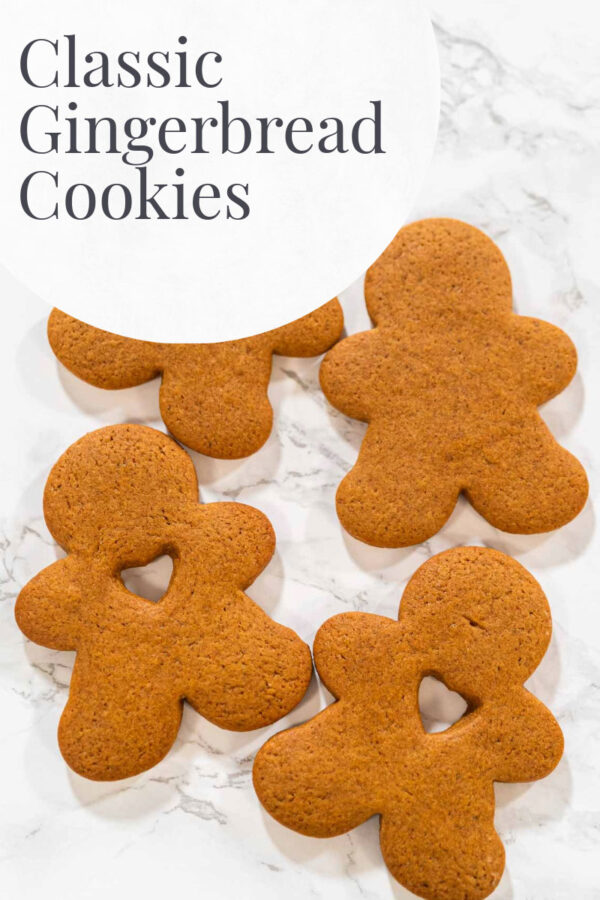


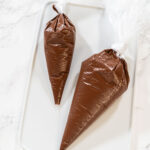
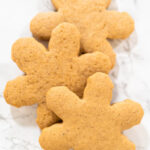

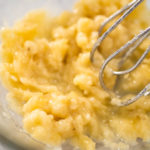
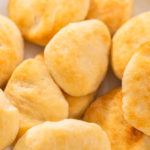


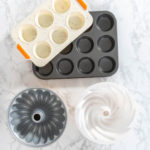
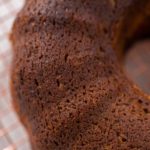


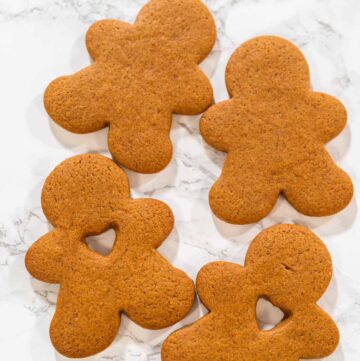

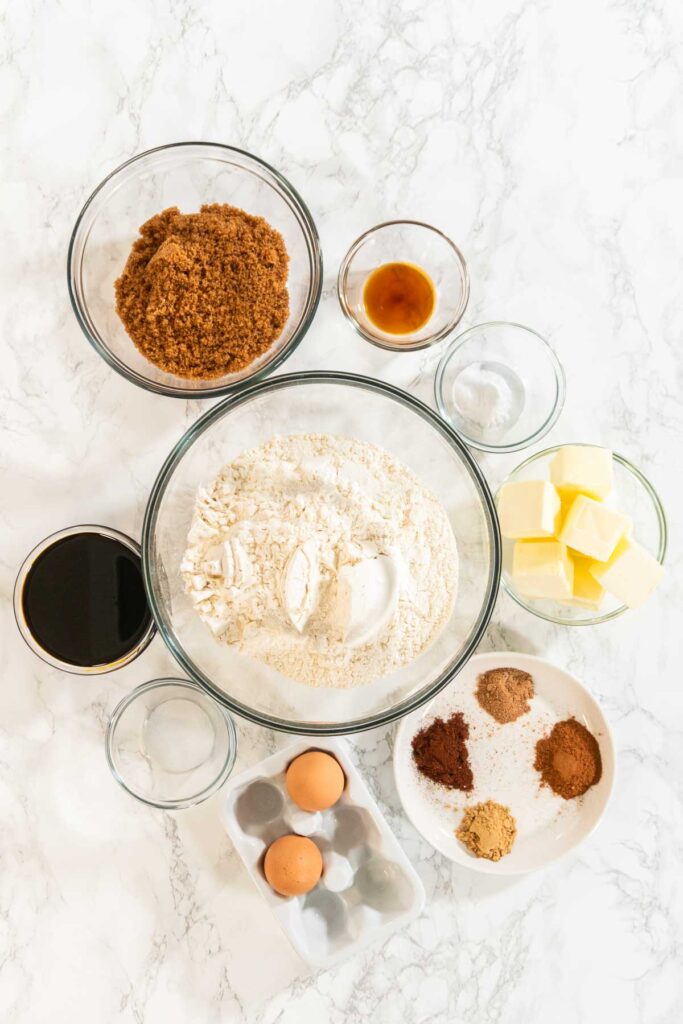
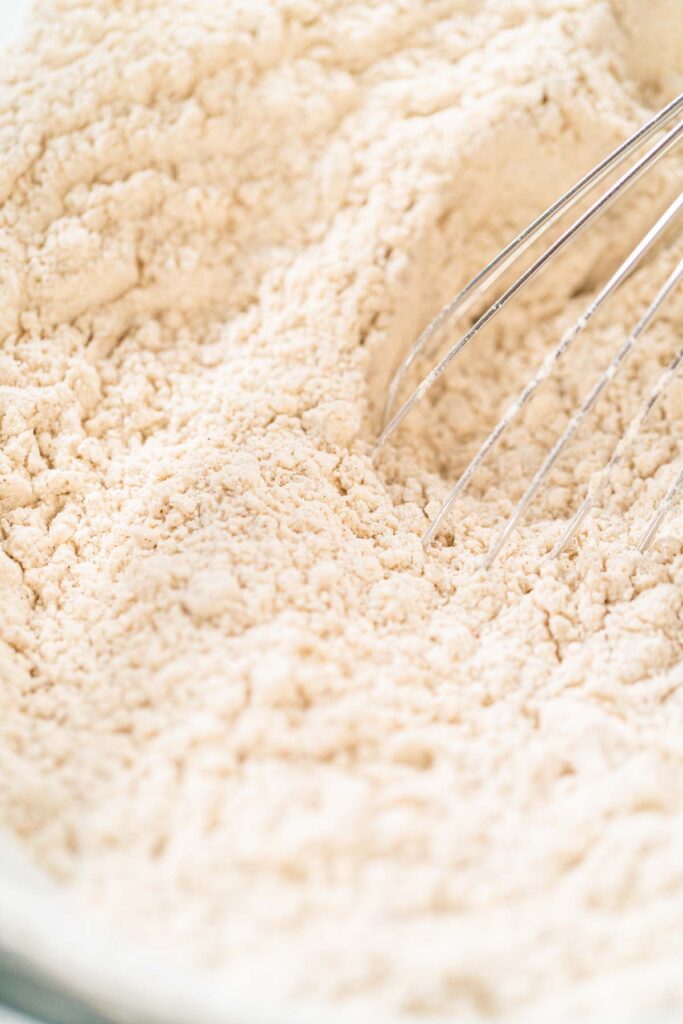

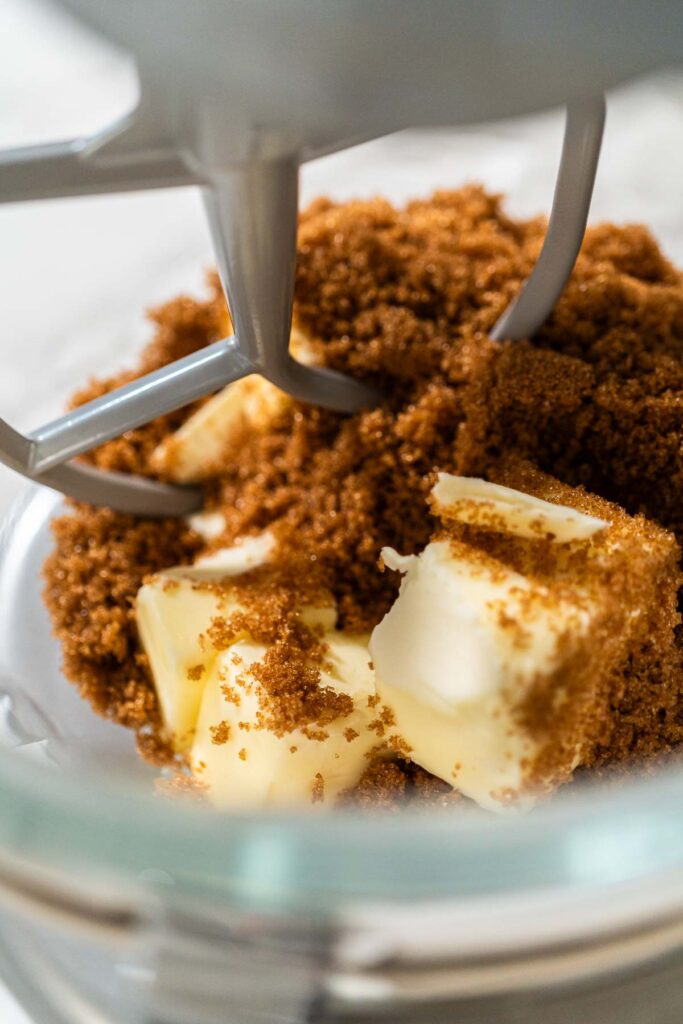
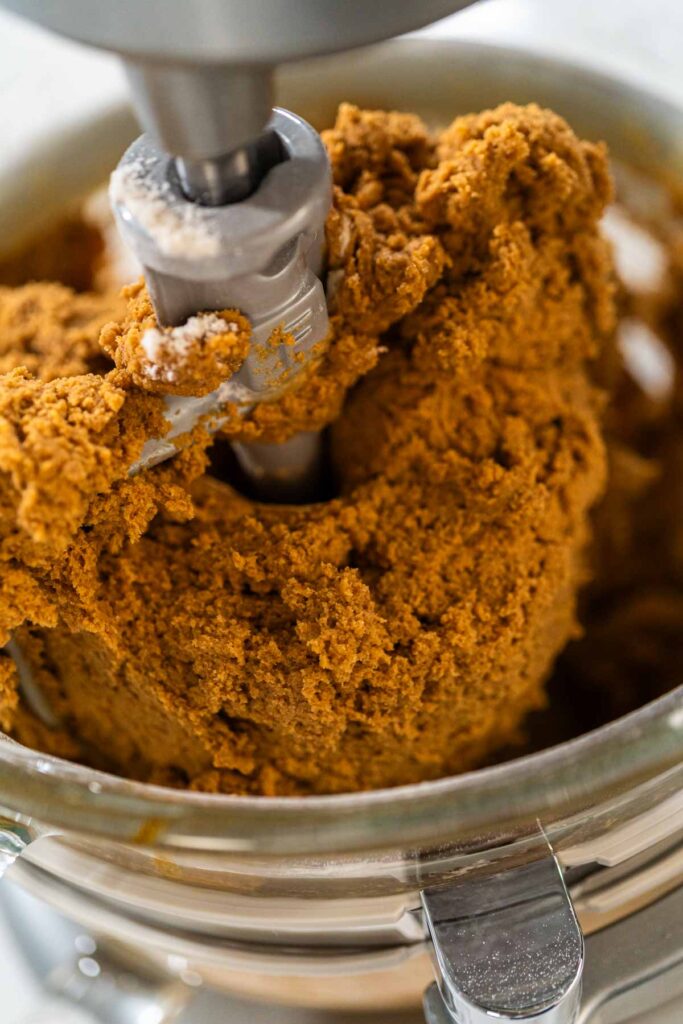
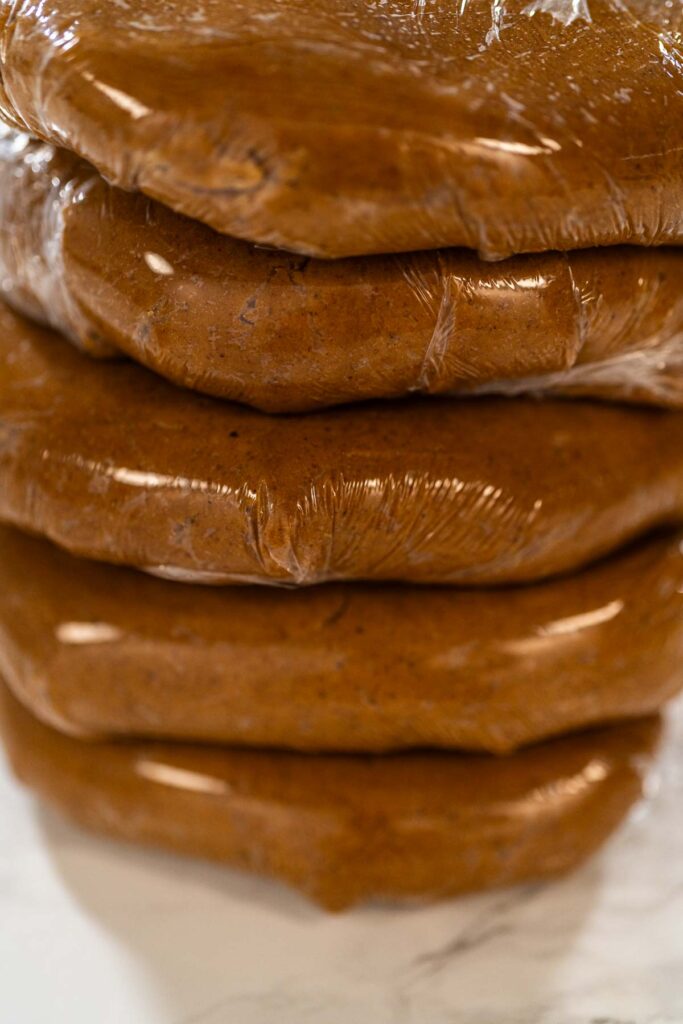
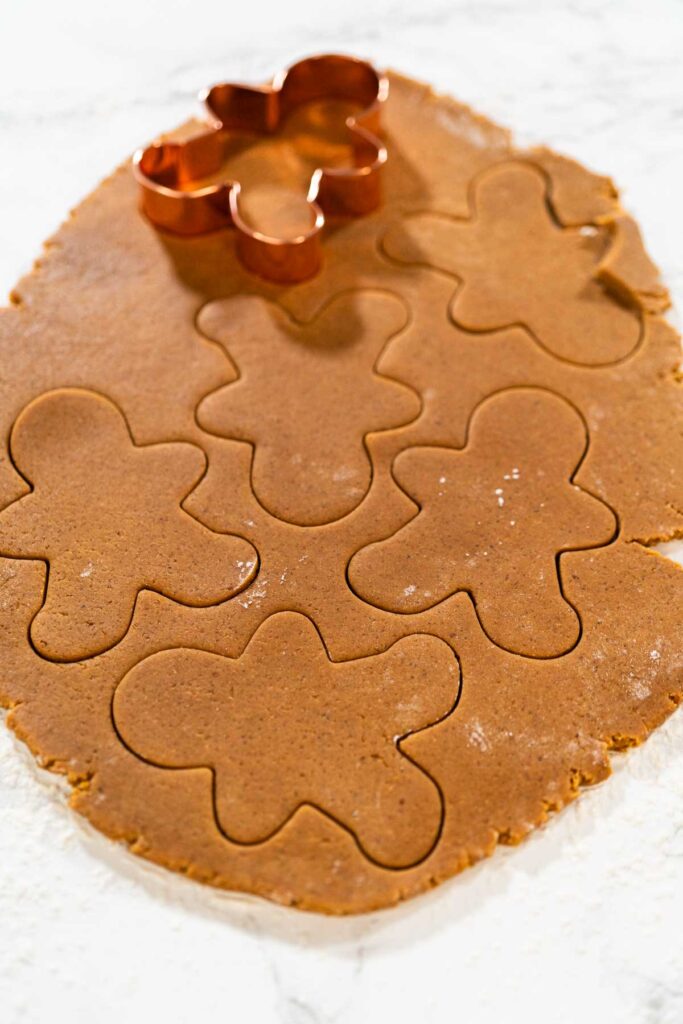

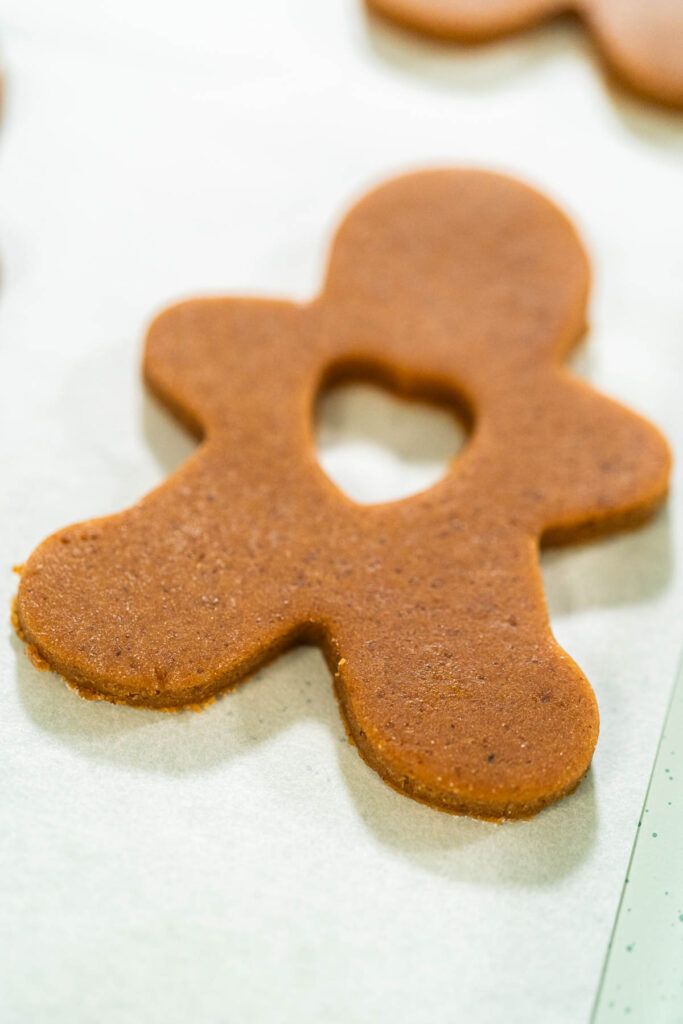


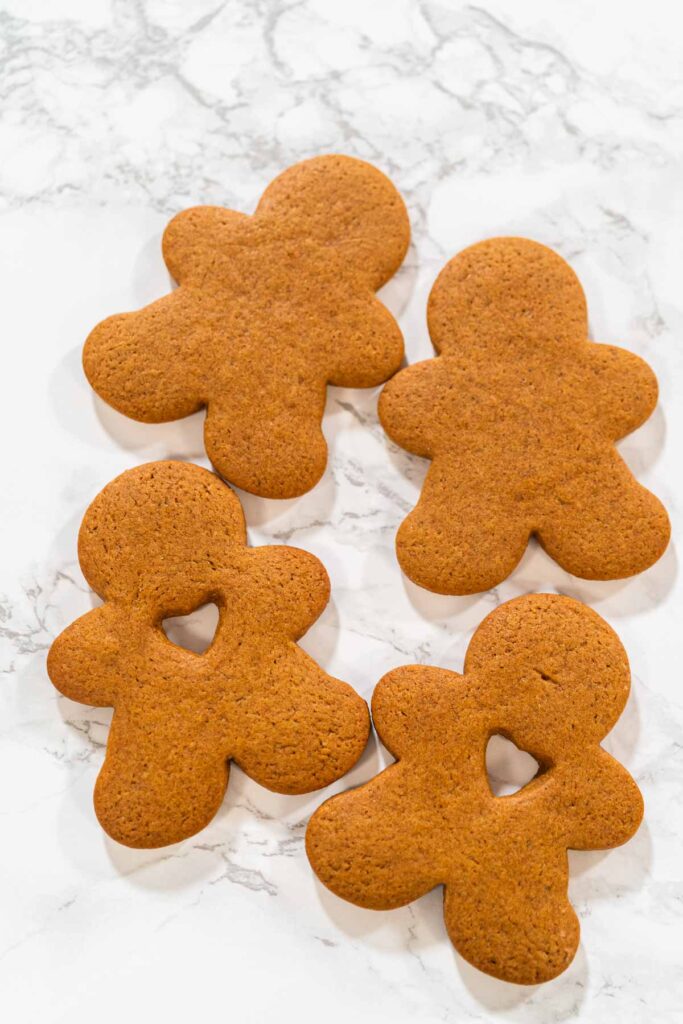
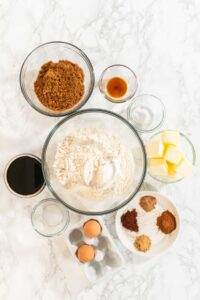

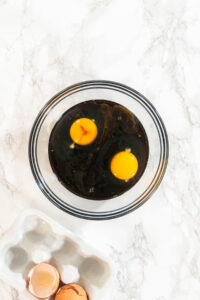
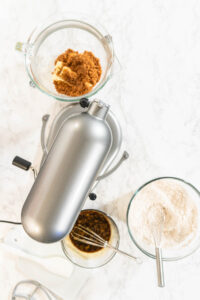
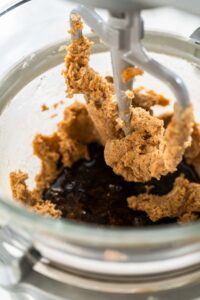
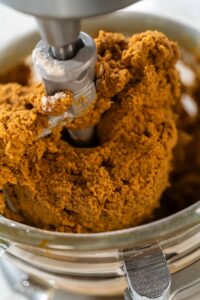

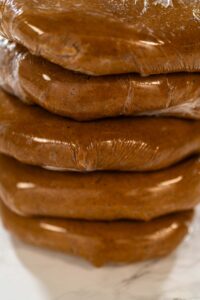
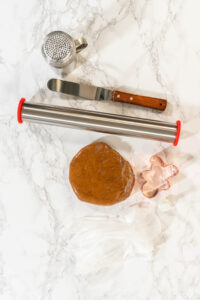

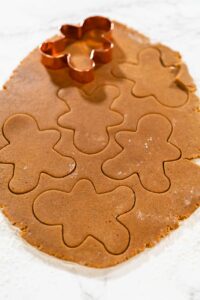
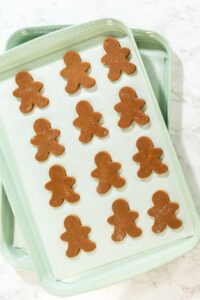
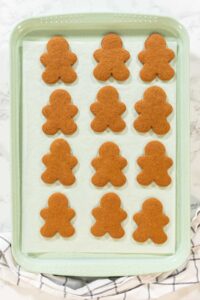
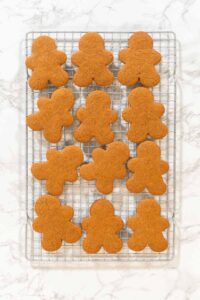
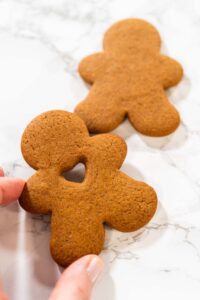
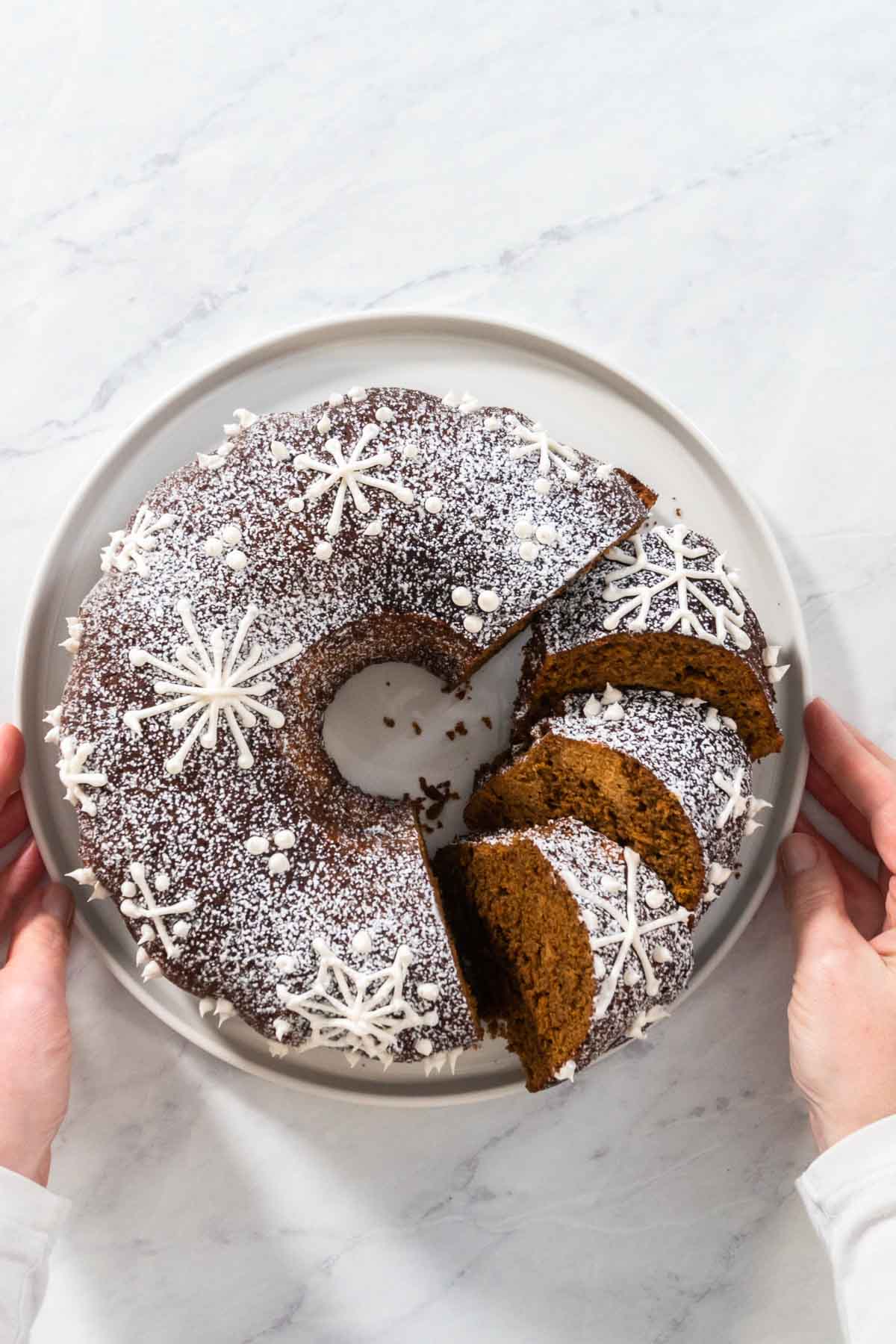

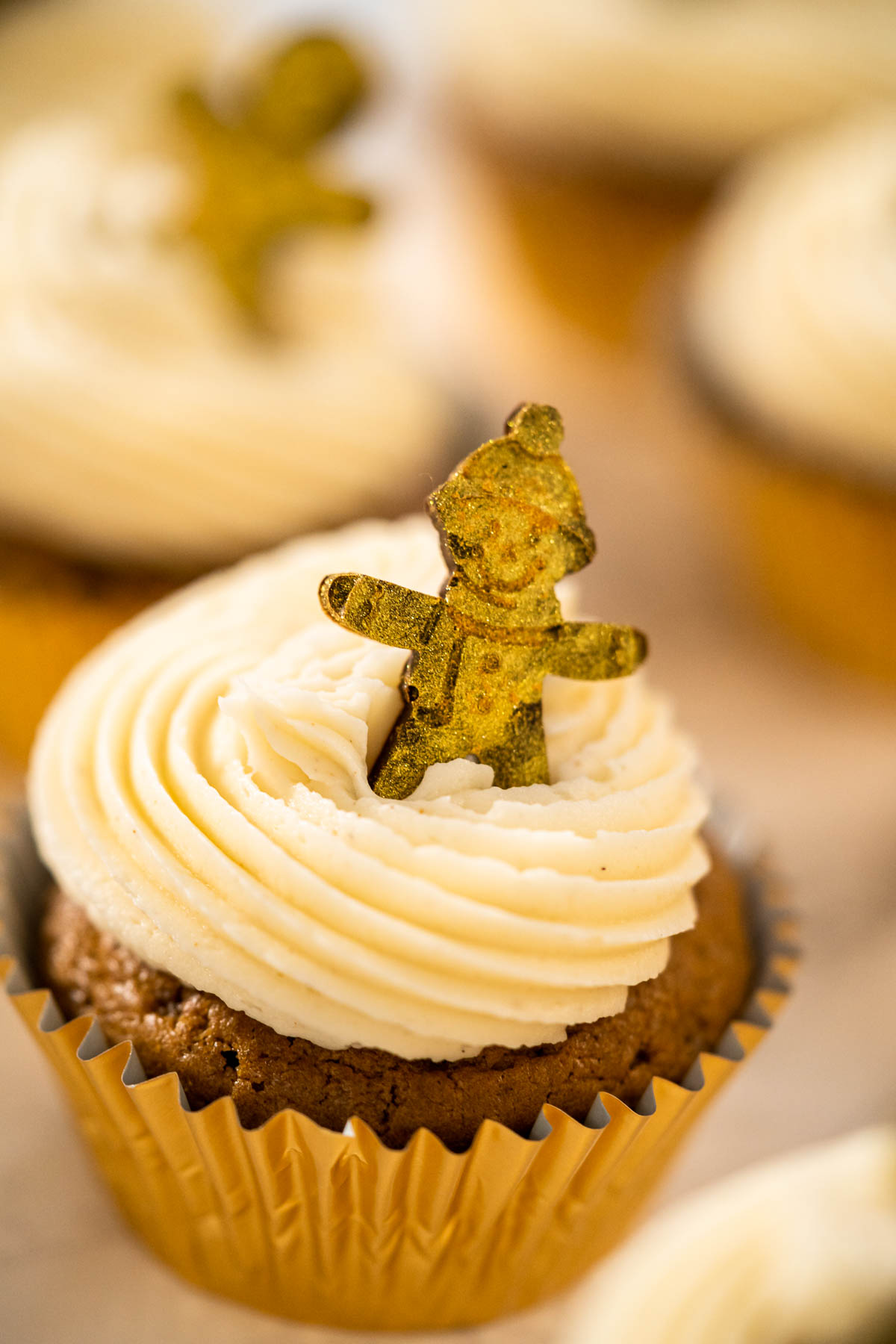

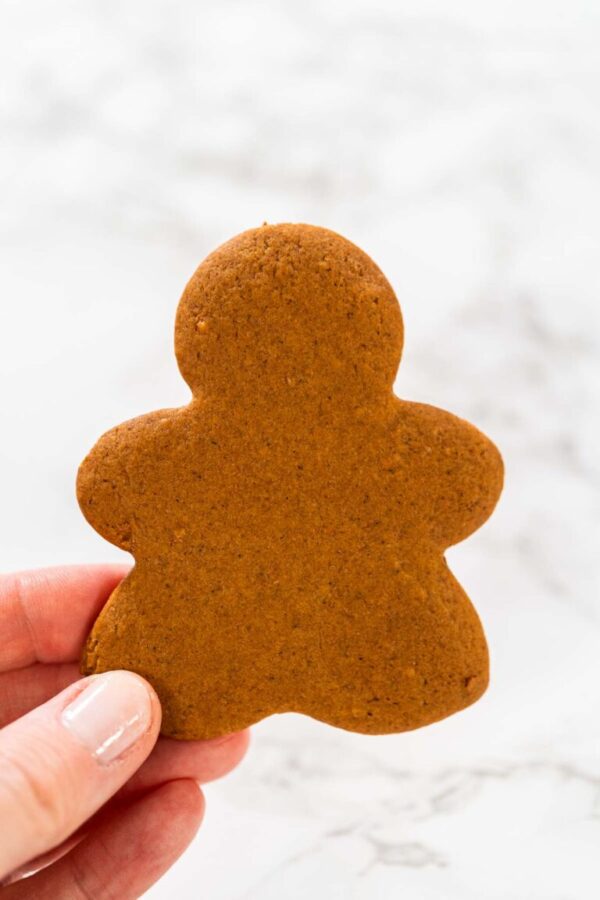
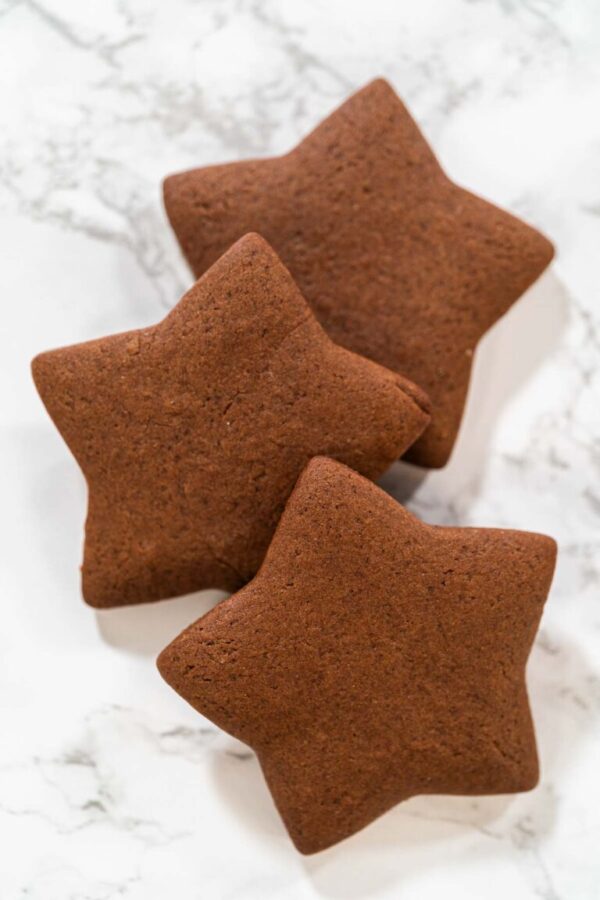



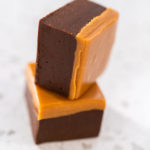



Leave a Reply